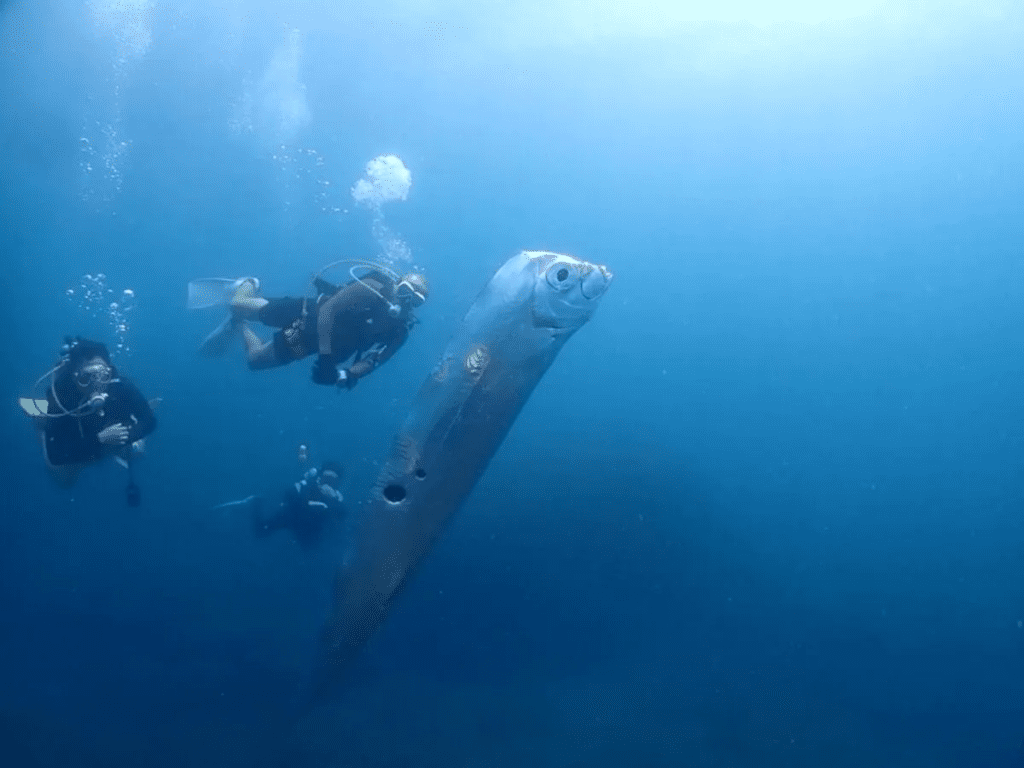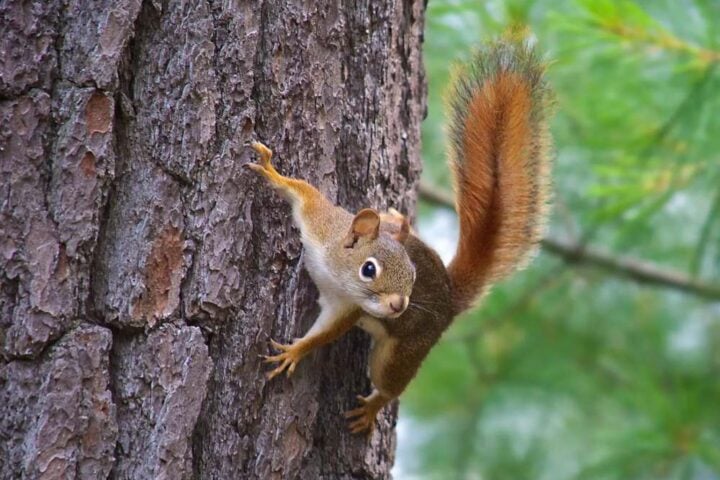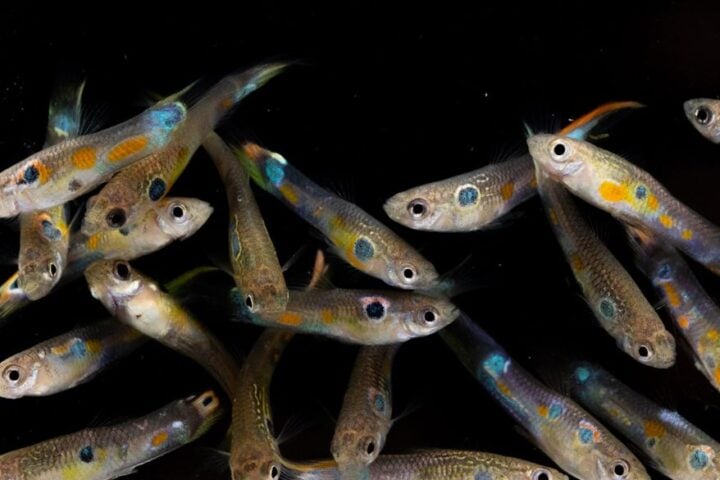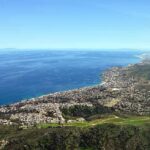The San Diego region is renowned as a global biodiversity hotspot. It boasts a diverse array of plant and animal species. Bees, as key pollinators, play a crucial role in maintaining the region’s floral diversity. However, recent research conducted by scientists at the University of California, San Diego, reveals something out of the ordinary. Not all bees have the same influence on the plants they pollinate. In particular, the study highlights the inferior quality of plant offspring resulting from honey bee pollination, which sheds light on the potential consequences of relying heavily on non-native pollinators. This revelation raises critical questions about honey bees in general and their effect on native plants. The need for conservation efforts arises as protecting native plant and bee populations becomes essential.
The Dominance of Honey Bees:
Previous studies have indicated that feral honey bees make up over 90% of the observed pollinators visiting native plant species in San Diego. These non-native honey bees exhibit a methodical foraging behavior, visiting twice as many flowers on individual plants before moving to the next. While this behavior may seem beneficial at first, it leads to an alarming pattern of self-pollination, resulting in lower-quality offspring for the plants they visit.
Assessing Offspring Fitness:
To understand the consequences of honey bee pollination, researchers conducted experiments evaluating the fitness of plant offspring. By comparing factors such as seed maturation, germination, survival, growth, and reproduction, the study demonstrated that offspring resulting from native insect pollination, predominantly by native bee species, were two to five times more fit than those resulting from honey bee pollination. Furthermore, hand pollination using pollen from the same plant proved to be significantly less fit compared to cross-pollination.
Similar Post
The Perceived Role of Honey Bees:
Honey bees, often viewed as beneficial mutualists aiding in plant reproduction, may not provide the same advantages as native pollinators. The research reveals that honey bees deliver lower-quality pollen compared to their native counterparts. Moreover, honey bees’ tendency to visit more flowers per plant may result in an excess of self-pollen, leading to diminished offspring quality. These findings challenge the perception that honey bees are the sole saviors of pollination and underscore the need to recognize the significance of native pollinators.
Implications for Native Plant Communities:
The potential consequences of honey bee dominance extend beyond individual plant fitness. If honey bees consistently reduce seed fitness in native plants, it could render the native plant community more susceptible to invasion by non-native plant species that do not rely on insect pollination. These introduced species, often invasive grasses, can contribute to the spread of wildfires, further disrupting the delicate ecosystems of San Diego County.
Conservation Focus:
While honey bees receive considerable attention and conservation efforts, their populations are thriving, and they are not in danger of extinction. The real focus should be on protecting native plants and bees that truly require support. Additionally, honey bees can transmit viruses to native bee populations, compounding the challenges faced by these already vulnerable species.
The Unique Bee Problem:
The research conducted by UC San Diego scientists provides a nuanced understanding of the consequences of honey bee pollination on native plant fitness. The inferior quality of offspring resulting from honey bee pollination raises critical questions about the impact of relying heavily on non-native pollinators. Conservation efforts must shift focus towards protecting native plants and bees, which play essential roles in maintaining biodiversity and ecosystem stability. By acknowledging the value of native pollinators, we can cultivate a more comprehensive approach to safeguarding the ecological integrity of the San Diego region and beyond.


















